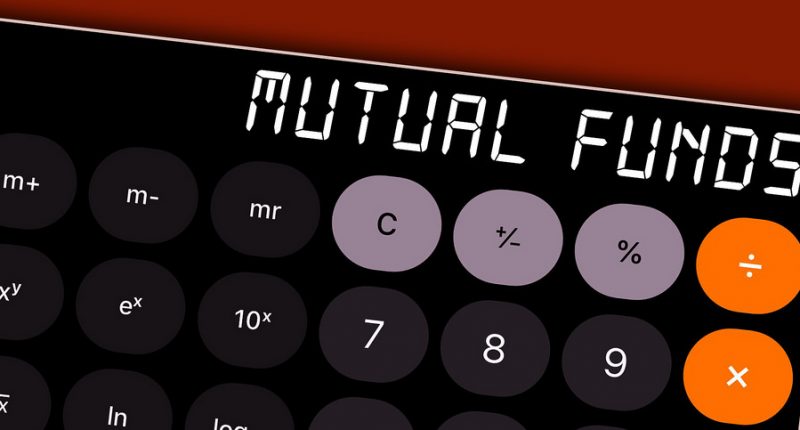The potential risk class (PRC) matrix measures the maximum risk of debt-mutual funds.
Markets regulator the Securities and Exchange Board of India (SEBI) introduced a regulation on June 7, 2021, which became effective from December 1, 2021, requiring all fund houses to disclose to investors of the maximum risk a debt-mutual fund can take.
There is a key difference between the risk-o-meter and a PRC matrix, however. A risk-o-meter takes into account only the current risks associated with the mutual fund and is updated after a month, a PRC matrix specifies a futuristic outlook. It highlights the highest level of interest rate and credit rate risk that cannot be breached by the mutual fund.
The PRC matrix comprises parameters based on maximum interest rate risk (measured by Macaulay Duration (MD) of the fund scheme) and maximum credit risk (measured by Credit Risk Value (CRV) of the scheme).
According to the PRC matrix rule, there are three categories for interest rate risk, Class I, Class II, and Class III, while the three credit risk categories include Class A, Class B, and Class C.
Typically, Class I schemes carry the lowest degree of interest rate risk, while Class III schemes carry the highest level of interest rate risk.
Similarly, if a debt-mutual fund plan is classified as Class A, it carries the lowest credit risk. However, if the plan is classed as Class C, then it has the highest credit risk.
As a combination of the two results, a debt-mutual fund scheme with an A-I rating has the lowest interest rate and credit risk level and a C-III rating has the highest interest rate and credit risk.
Along with the risk-o-meter, an investor can use the PRC matrix to assess the risk associated with an investment in a debt-mutual fund

Rajiv is an independent editorial consultant for the last decade. Prior to this, he worked as a full-time journalist associated with various prominent print media houses. In his spare time, he loves to paint on canvas.





